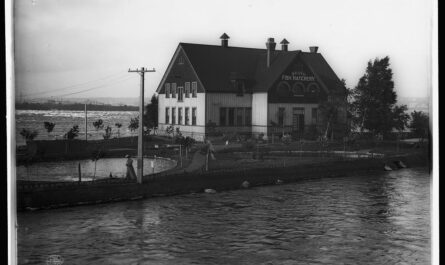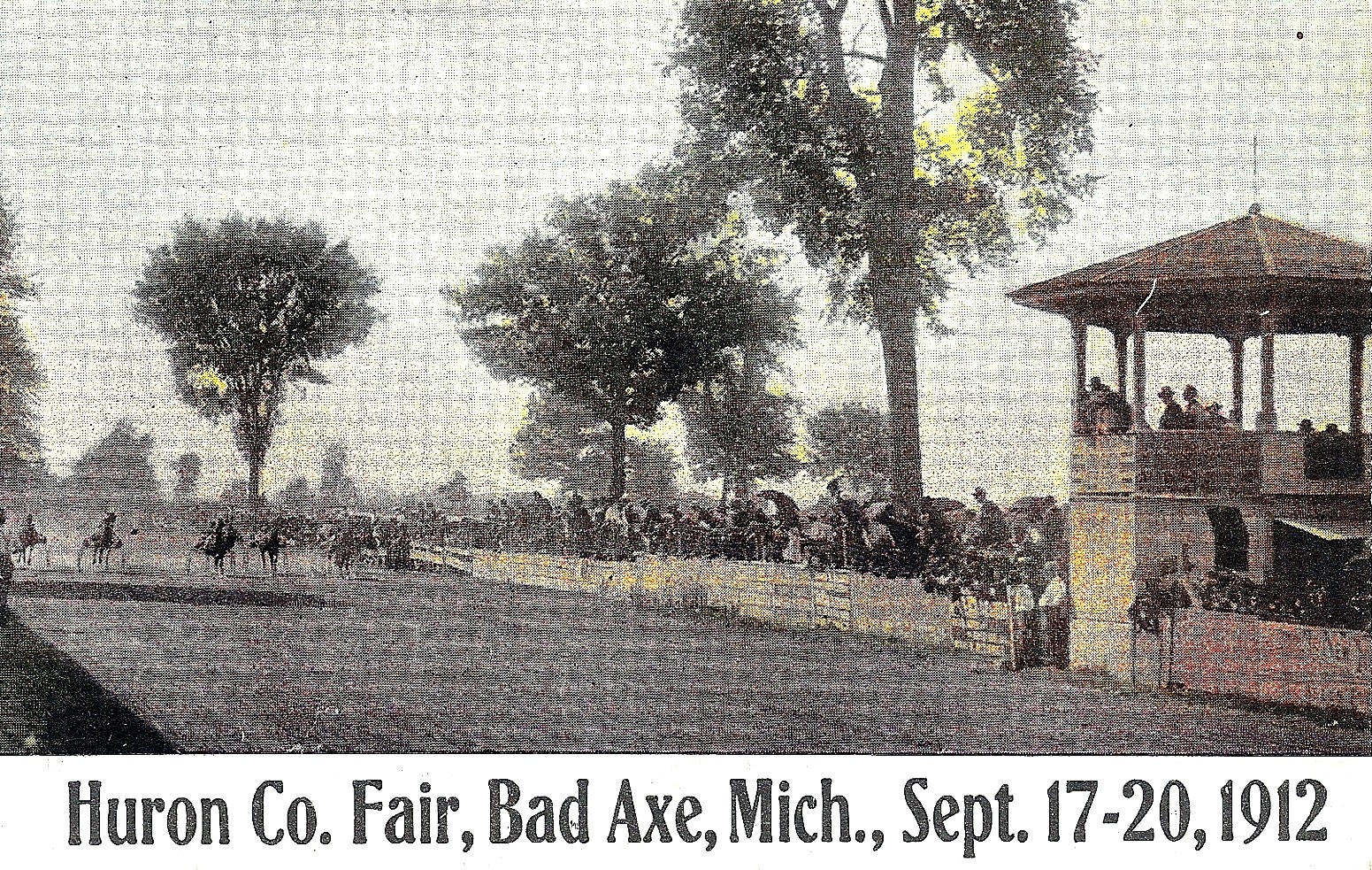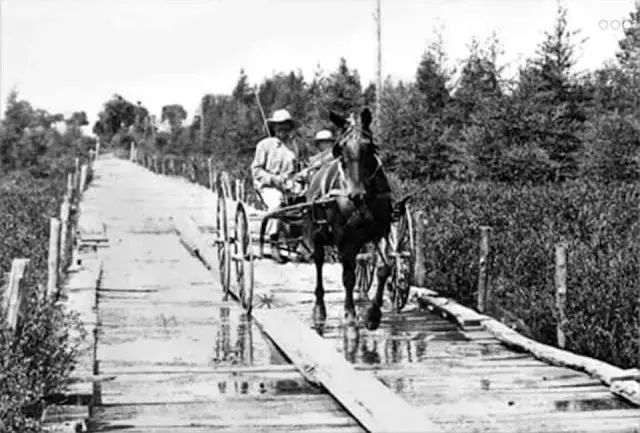“The factories echoed with the sound of war, though no gun was fired there. Instead, there were women, standing shoulder to shoulder with machines, shaping shells with quiet precision.”
In May 1918, deep in the industrial heart of Detroit, a photographer from The Detroit News captured an image that, while still, speaks volumes. It is not a battlefield. There are no trenches, no explosions. But make no mistake—this was a frontline. The war was being fought here too, not with rifles or bayonets, but with lathes, drills, and the quiet, determined hands of workers.
America at War—and at Work in Detroit Munitions Factories of 1918
By the spring of 1918, the United States had been at war for just over a year. The mobilization was swift, but it demanded more than soldiers—it needed weapons, vehicles, supplies. It needed industry.
Detroit, already rising as the motor capital of America, became one of the war’s most vital engines. Factories that once built cars were retooled to build war.
- Artillery shells, like those in the photo, became one of Detroit’s essential outputs.
- Automobile manufacturers like Ford and Packard converted their plants into munitions assembly lines.
- Tens of thousands of workers, many of them women, filled the factory floors.
The Women Who Took the Torch
The photo reveals a telling scene: rows of women in work smocks and aprons, heads covered for safety, focused intently on their task. This was not unusual—it was revolutionary.
With so many men sent overseas, American women entered the industrial workforce in unprecedented numbers.
- Women made up over 20% of the wartime industrial labor force by 1918.
- These jobs were physically demanding and hazardous—yet they were taken with pride.
- For many women, it was the first time earning a wage outside the home.
This shift did more than support the war effort—it subtly reshaped the American labor landscape, laying the foundation for future movements toward gender equality in the workplace.
The Weight of the Work
Though patriotic posters and speeches spoke of glory, the work was anything but glamorous. The air was heavy with metal dust and oil. Machinery roared and sparked. The hours were long.
Working conditions were often dangerous:
- Exposure to toxic materials, like TNT or lead, was common.
- Injuries from equipment mishandling or fatigue happened frequently.
- Ventilation was poor, especially in older factories like the one pictured.
Yet the workers persisted. Not with fame or promise of medals, but out of duty, resilience, and perhaps hope—hope that what they were building would bring the war to a close.
The Legacy Cast in Steel
The shells being molded in that 1918 photograph are long gone, their purpose fulfilled. But the image endures, and so does the legacy of the people in it.
They remind us that wars are not only won on the frontlines, but in the factories, the fields, and the homes of ordinary citizens. Detroit’s women munitions workers didn’t just manufacture steel—they shaped history.
And though history often remembers the generals and the battles, it is in these quiet moments—in the dim light of a factory floor—that the true scope of sacrifice and service comes into focus.
“(32203) Women, War Workers, Munitions, Detroit, 1918.” Edited by Detroit News, Walter P. Reuther Library (32203) Women, War Workers, Munitions, Detroit, 1918, reuther.wayne.edu/node/12178. Accessed 3 Nov. 2025.



